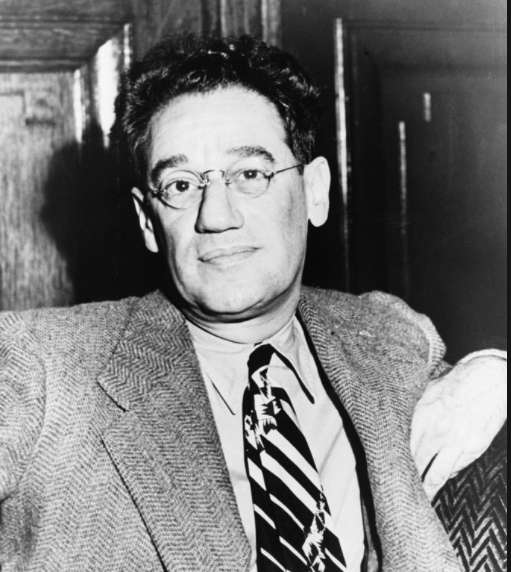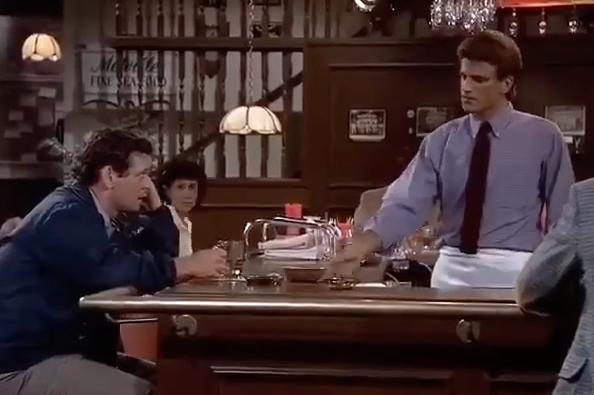By Beatrice Williams-Rude
When playwright and director George S. Kaufman was asked to define satire he opined “what closes on Saturday night.”
Frequently true, especially where there is an anti-intellectual bias. Although seen as an amusement of educated and upper classes, some of the best examples of satire are earthy –Threepenny Opera, for example—and easy to apprehend, such as political cartoons.
From Voltaire’s Candide to GB Shaw’s Candida, a satire’s success rests on the audience’s awareness of what’s being satirized. Whether Gilbert & Sullivan’s offerings during Victorian times or Chicago in ours, the situations portrayed in satires must be instantly familiar to the audiences.
Some satires are gentle—Oscar Wilde’s Lady Windemere’s Fan; GBS’s Major Barbara—and some go for the jugular, Brecht’s Mother Courage. Charlie Chaplin’s Monsieur Verdoux, whose theme was that only retail murder is a crime; wholesale (war) it’s rewarded and honoured. So offended were those being satirized—the wealthy, powerful warlords—the film was censored and not shown in the US for years.
When asked about satire, Americans, particularly those of a certain age, will cite Of Thee I sing, which spoofs the US way with elections. Our British cousins might point to GBS’s Pygmalion, which examine class differences reflected in speech.
While France has a long history of censorship as does Great Britain, Andrew Hamilton, on behalf of John Peter Zenger, established the principle of truth being the determining factor in libel cases, thus protecting freedom of speech and of expression in America while still under British rule.
As to our own dystopian times: Can a satire be satirized? It would seem we’ve moved beyond satire to theatre of the absurd.



















